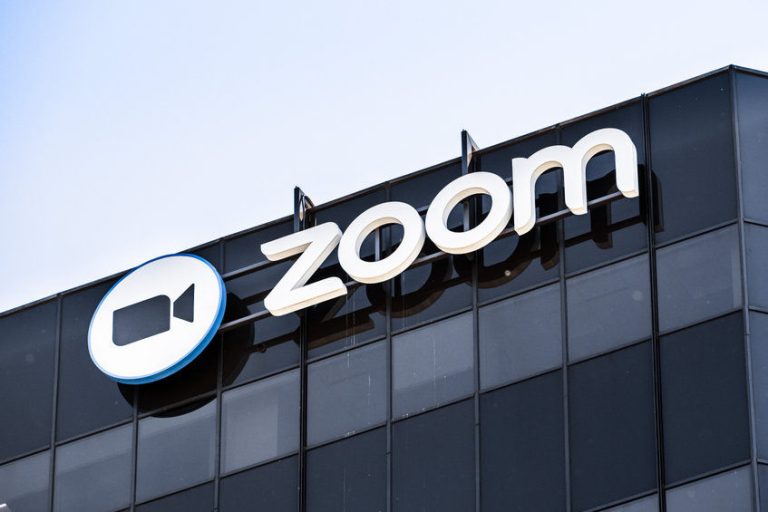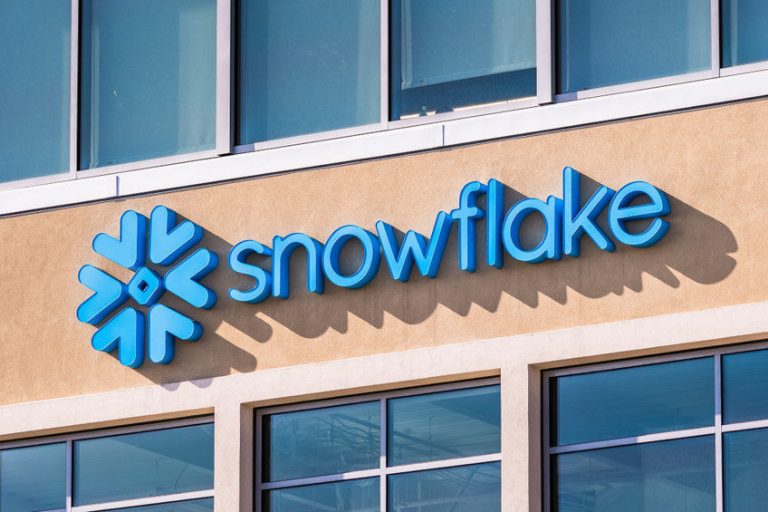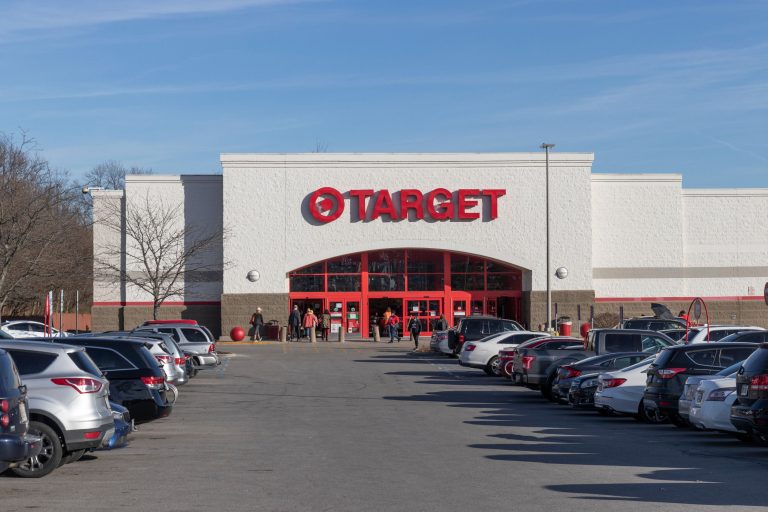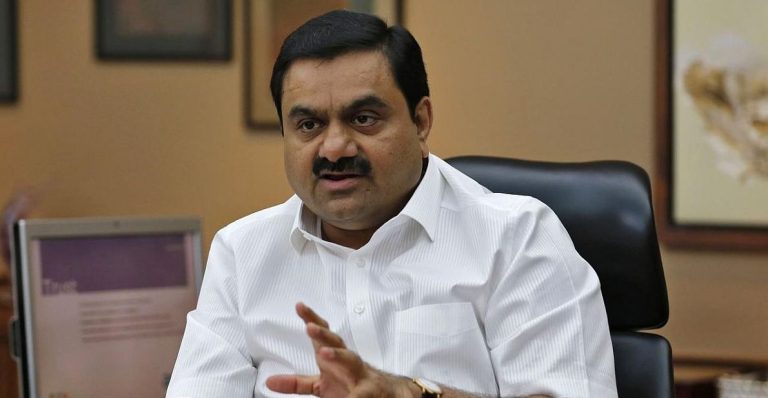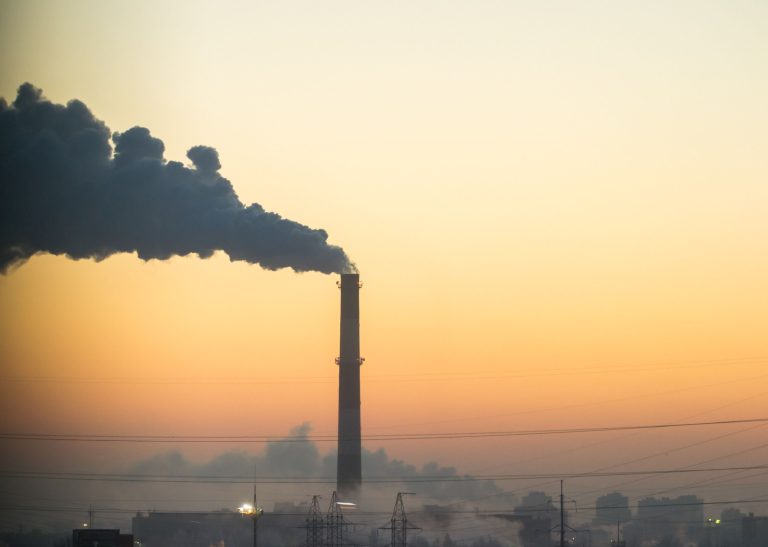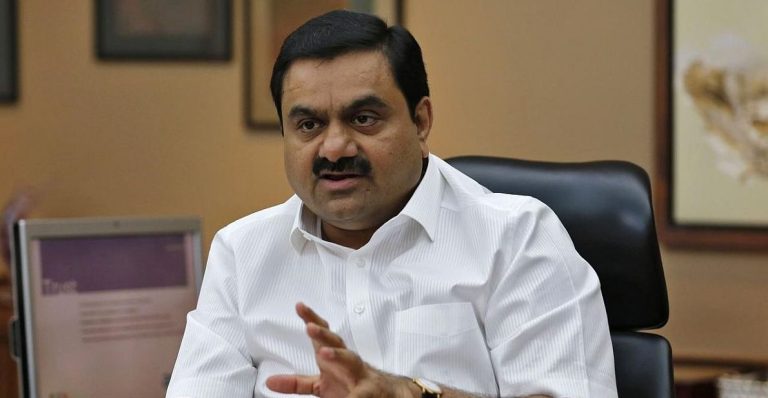Zoom Video’s stock price has bounced back in the past few months as investors continue to see it as an undervalued company. After dropping to $55.12 in August, the stock has jumped by over 47% to $81.20, giving it a market cap of over $24 billion. ZM shares will be in focus next week as the company publishes its quarterly results.
Fallen angel facing substantial headwinds
Zoom Video has become one of the biggest fallen angels in corporate America. After doing great during the pandemic, the stock has tumbled by over 86%, erasing billions of value.
Its weakness has been because of three main reasons. First, people no longer work at home as they did during the pandemic, and many schools that embraced the technology have shifted to in-person engagements.
Second, the company has faced substantial competition, especially from Google, which owns Meet. Meet has become a highly popular platform because it is free for 60-minute meetings with 100 participants. Zoom has a similar pricing but the meetings are just 40 minutes.
Google Meet’s premium version starts at $6 compared to Zoom’s $13. Most importantly, this package is part of more of Google’s solutions, including 2 TB of storage per user, custom email, and the Gemini app.
Other top alternatives to Zoom Video are Microsoft Teams, Cisco Webex, Slack, BlueJeans, and RingCentral Video. This means that the video industry has become commoditized.
Third, Zoom Video lacks ways to grow its business. Ideally, in the Software-as-a-Service (SaaS) industry, companies grow by adding more users and upselling them more products. For example, Salesforce started its business as a simple CRM service. Today, it sell sother solutions like business intelligence and AgentForce.
For Zoom, creating more opportunities to upsell is difficult since its users are just interested in video calls. It is unclear whether its additional products like Docs and workspace reservations are seeing more traction.
Read more: Zoom (ZM)stock: pandemic darling faces a bleak future
Zoom Video earnings ahead
The next important catalyst for the Zoom Video stock price will be its earnings, which are scheduled on Monday next week.
Analysts expect the numbers to show that its revenue growth stalled in the third quarter. Precisely, revenue is expected to come in at $1.16 billion, a 2.4% increase from the same period last year.
Zoom Video’s revenue for the fourth quarter is expected to come in at $1.17 billion, a 2.2% increase. For the year, its revenue is expected to be $4.65 billion followed by $4.79 billion next year. There is a likelihood that these results will be better than expected as the company has done in the past few quarters.
For a company in Zoom’s situation, the focus should be on achieving strong profits, which would help to justify a premium valuation. There are signs that it is making more profits as its net profit jumped from $103 million in 2022 to $637 million in 2023.
The most recent results showed that Zoom Video’s revenue rose to $1.16 billion in the second quarter, with enterprise revenue rising to $682 million. Its net income rose to $219 million, a figure that may continue growing in the coming months.
A good thing about Zoom Video is that its stock is not all that expensive since it trades at a price-to-earnings ratio of 14, lower than the S&P 500 average of 21. The valuation multiple is also lower than the sector median of 24. It is also much lower than the five-year average of 80.
Analysts have a mild outlook on Zoom, with the average target being $77.7, lower than the current $81.20. The most bullish analyst is from Wedbush, who recently upgraded the stock from neutral to outperform.
Zoom Video stock price analysis
ZM chart by TradingView
The weekly chart shows that the ZM share price has remained in a tight range in the past few months. It has remained between the key support and resistance levels at $56.9 and $76.9 since 2023.
The stock has continued to consolidate at the 50-week and 100-week Exponential Moving Averages (EMA). Also, it has remained below the 23.6% Fibonacci Retracement level, while the Average True Range (ATR) has continued falling.
The Zoom Video share price has formed a triple-bottom pattern at $56.9. In most periods, this is one of the most bullish patterns. The Relative Strength Index (RSI) has moved above the overbought level. Also, the MACD indicator has moved above the zero line.
Therefore, while Zoom stock has some weak fundamentals, a contrarian case can be made. If this happens, the next point to watch will be the 23.6% Fibonacci Retracement point at $184, which is about 130% above the current level.
On the flip side, a drop below the key support at $75.9 will point to more downside, potentially to $45.
The post Zoom Video stock is in trouble, but a 130% rebound is possible appeared first on Invezz

